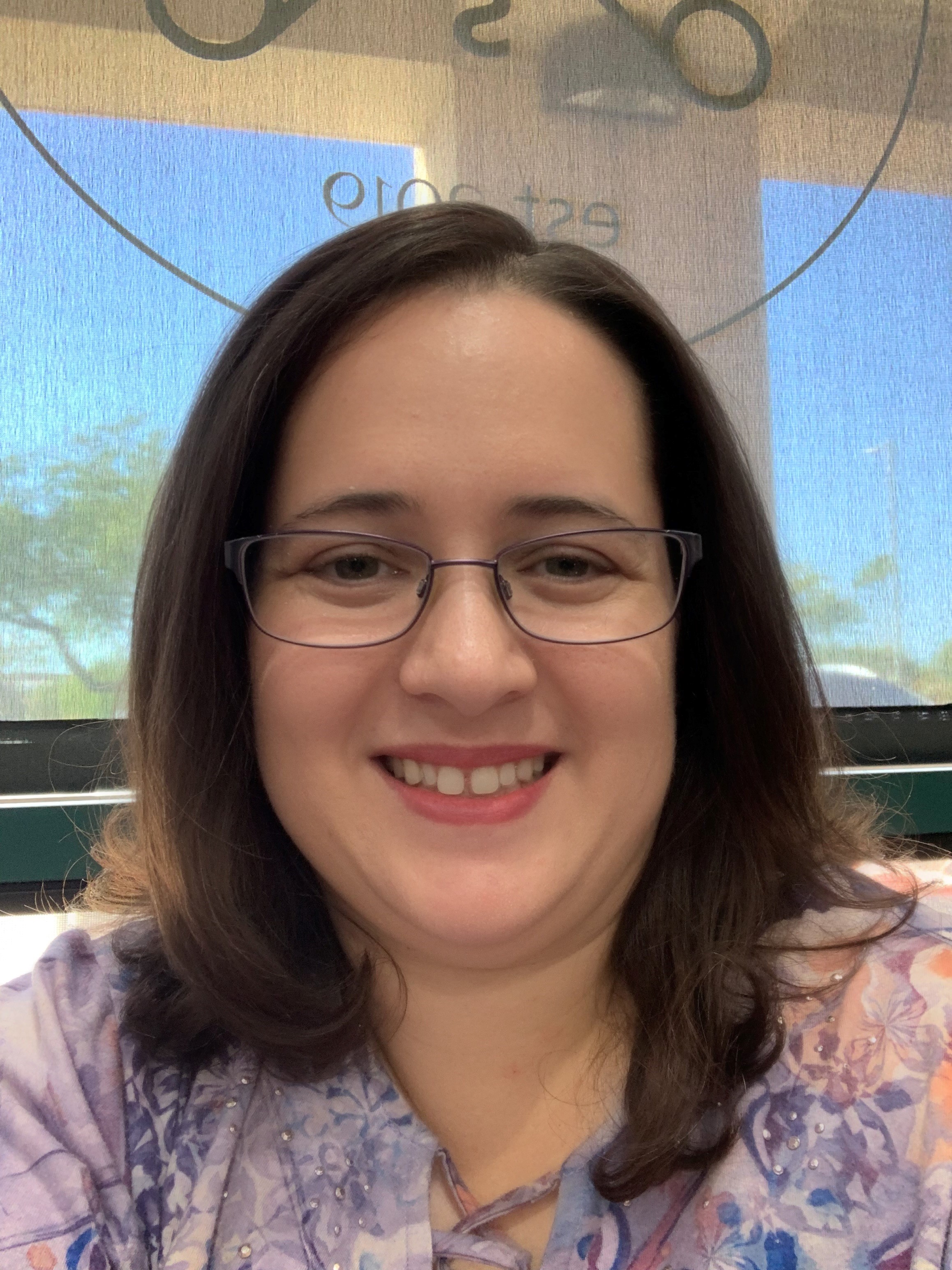From Classroom to Corporate Learning with Jessica Smith

Many educators feel an unmistakable pull toward instructional design, but the leap from classroom to corporate can feel foggy. This episode with Jessica Smith shines a bright light on the path, centering on how core teaching instincts: understanding how people learn, diagnosing gaps, and sequencing information, become high-value skills in business. We explore the subtle but crucial shift in tone and motivation when designing for adults, where learners want to work faster, reduce errors, and see immediate relevance. That reality reframes objectives: instead of unit plans, we define job performance outcomes, prioritize what matters at the moment of need, and trim anything that slows the workflow. It’s not about losing pedagogy; it’s about translating it into business language that leaders understand.
The conversation dives into scoping and risk management with subject matter experts. Early discovery sets the course: What do learners need to do, how deeply, and by when? What already exists, what’s broken, and what’s the pain? Those answers guide the modality: quick job aids for procedural steps, short interactive scenarios for decision practice, or multi-module curricula for complex changes. The biggest early risk is scope creep, so we press for realistic timelines, define must-have outcomes, and schedule check-ins to prevent a final “ta-da” that misses the mark. We also design for longevity by stripping fragile details: URLs, org names, shifting labels, so content stays evergreen and maintenance costs don’t eat the budget.
We get tactical on tools and formats. A client-facing library of 3–5 minute how-to videos embedded directly into the product shows the power of just-in-time learning. Camtasia enables clean screencasts and pacing; AI voice tools like Synthesia deliver consistent narration, multilingual versions, and rapid iteration without re-recording. The impact is measurable: fewer support tickets, faster task completion, and greater learner confidence in moments that matter. The takeaway is pragmatic: choose the shortest, clearest path to success for the learner’s workflow, not the flashiest deliverable.
For those plotting a transition, we map out seven-day, no-budget actions. Study job descriptions and collect requirements into a skills plan. Start free trials of core tools, build a tiny sample around a topic you love, and practice the workflow: script, record, mark up, publish. If a polished portfolio feels distant, create two small artifacts that showcase process thinking and audience alignment. Seek mentors and communities on LinkedIn, watch targeted courses, and capture completions on your profile. Employers often value proof of thinking even more than polished visuals; an interactive presentation on a familiar mobile app can demonstrate technical training chops better than a generic course template.
We also talk about mindset. Tools change, licenses shift, and interfaces move; what endures is your intuition about how humans learn. That intuition predicts friction points, shapes sequencing, and drives clarity under pressure. Anchor on that, plus a disciplined scoping habit, and you can thrive in fast-moving corporate environments. Keep content lean, outcomes clear, and reviews frequent. Build relationships with SMEs, own the timeline, and push for the smallest deliverable that solves the biggest problem. Transitioning from education to L&D isn’t a reinvention; it’s a translation—of language, stakes, and pace—guided by the same purpose that drew you to teaching in the first place.
📢 Call-to-Action: Are you thinking of moving from the academic world to learning and design in the private sector? You have transferable skills!
Photo by Pavel Danilyuk: https://www.pexels.com/photo/a-woman-using-a-laptop-8761533/


